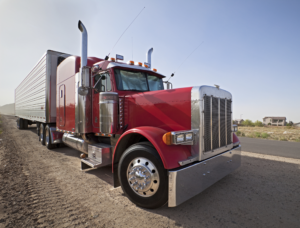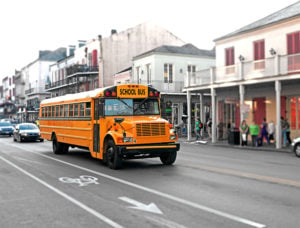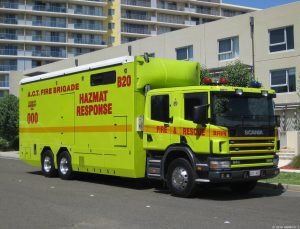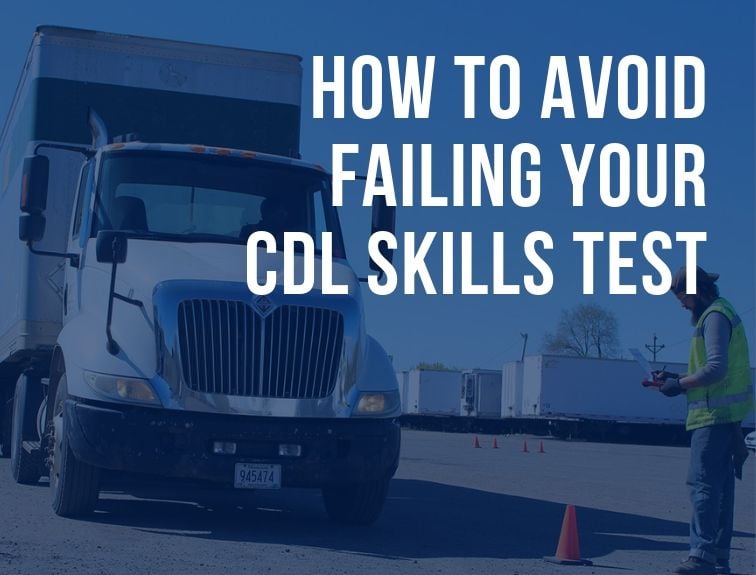Which Class CDL Do I Need?

In order to drive certain types of large commercial vehicles in the United States, the driver must hold a Commercial Drivers License (CDL). Depending on the type of vehicle that you are looking to operate and what you intend to haul, you will either need to obtain a Class A or B CDL.
Class A
A Class A CDL is considered the most universal commercial driver’s license because it will allow you to drive (almost) any Class A, Class B, or Class C commercial vehicle.
With a Class A CDL, drivers can operate vehicles with a gross combination weight rating of 26,001 pounds or more, with a towing capacity of 10,000 pounds or more.
Class A Vehicles:
-
Tractor-trailers — your typical semi, big rig, or 18-wheeler
-
Truck and trailer combinations — double and triple trailers
-
Tanker Vehicles
-
Flatbed Vehicles
Vehicles That Require Special Endorsements
In order to operate Class C and some Class B vehicles, written tests and additional road skill tests will need to be completed. With the proper endorsements, a Class B CDL is the highest classification needed in order to operate a passenger bus, school bus, and HazMat truck.
Class B
With a Class B CDL, drivers can operate vehicles with a gross weight rating of 26,001 pounds or more, with a towing capacity of no more than 10,000 pounds.
Class B Vehicles
-
Straight trucks
-
Large busses — city buses, school buses, and tour buses
-
Box trucks
-
Dump trucks with small trailers
Class C
With a Class C CDL, drivers can operate vehicles designed to haul hazardous material, or 16 or more occupants.
Class C Vehicles
-
HazMat vehicles
-
Passenger vehicles
-
Combination vehicles not considered Class A or Class B
If you are looking for more information on how to earn your CDL, United States Truck Driving School is your answer! We specialize in both Class A and Class B CDL training. Not sure which is right for you? Contact us and we’d be happy to help you find the CDL training program that fits your career goals! 303-848-8443





